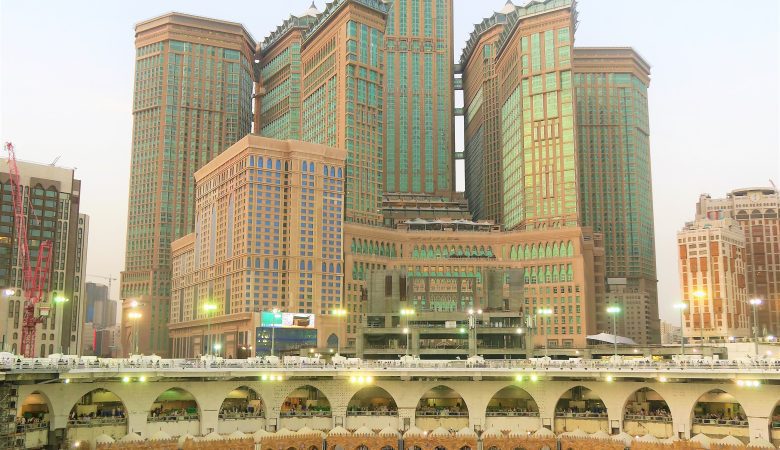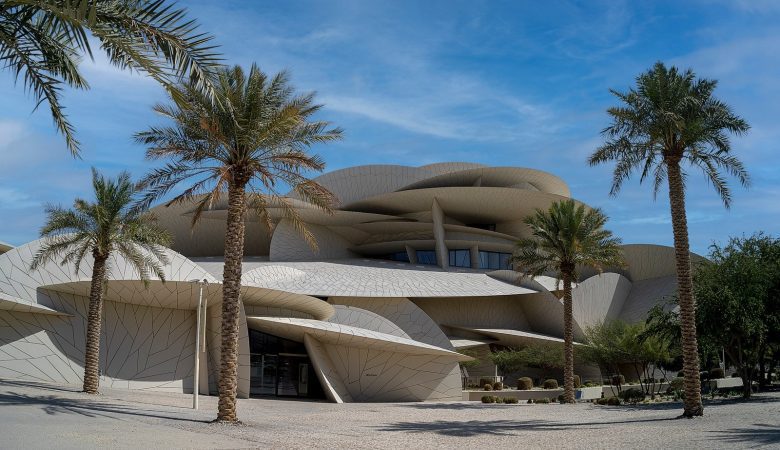Nestled between the rugged mountains of Jordan lies a magnificent city that has survived for over 2,000 years. Petra is one of the world’s most iconic landmarks and it’s no surprise why. This ancient city, whose name means “rock” in Greek, was once a bustling hub of trade and commerce along the Silk Road. Today, visitors from all over the world marvel at its stunning architecture, intricate carvings, and rich history. Join us as we explore how Petra became one of the most beloved destinations on earth!
Petra’s History
Petra’s history is shrouded in mystery and intrigue. The city was founded by the Nabataean people around 312 BC and quickly became a vital trade hub for spices, textiles, and other goods. For centuries, Petra thrived as a center of commerce until it eventually fell under Roman rule in the 1st century AD.
Despite its strategic location along major trading routes, Petra remained relatively unknown to the Western world until Swiss explorer Johann Ludwig Burckhardt rediscovered it in 1812. From then on, travelers from all over the globe flocked to see this hidden gem for themselves.
Throughout its long history, Petra has seen many rulers come and go – from Alexander the Great to King Herod of Judea. It has also endured natural disasters like earthquakes that have left their mark on its stunning architecture.
Today, visitors can take guided tours through Petra’s ancient ruins or explore them at their own pace. Whatever your preference may be, one thing is certain: Petra’s rich history continues to captivate and inspire us even after all these years!
How Petra Was Built
Petra’s construction is remarkable, not just for its sheer size and complexity but also because of the building materials used. The city was carved from sandstone cliffs that have been there since ancient times. Incredibly, Petra’s architects were able to build structures into these natural rock formations!
The Nabataean people who built Petra were experts in hydraulic engineering, which allowed them to control water sources and supply their city with drinking water even during droughts. They constructed a network of channels and dams to divert water from nearby streams into cisterns within the city.
Most of the buildings in Petra were constructed using rough-cut stone blocks held together by mortar made from lime and sand mixed with animal blood (yes, you read that right!). It might sound strange now, but it was an effective means of construction back then.
The most iconic building in Petra is undoubtedly Al-Khazneh (the Treasury), which was carved out of solid rock over 2,000 years ago! To create this temple-like structure, sculptors first chiseled away at the cliff face until they created an enormous rectangular space roughly 40 feet wide by 80 feet tall.
After carving out this vast chamber through many years of laborious effort using only simple hand tools like hammers and chisels – they began to add decorative features such as columns or statues inside its walls.
Petra Today
Petra, one of the world’s most iconic landmarks, is a must-visit destination for travelers from all over the globe. Today, Petra remains as awe-inspiring as ever with its unique architectural design and rich history.
Visitors can explore the ancient city’s ruins, including temples, tombs, and houses carved into rock formations. The Treasury remains an iconic sight that never fails to impress visitors with its grandeur.
In recent years there has been a significant increase in tourism to Petra. With this growth has come new infrastructure projects that have made visiting the site more convenient while also preserving it for future generations.
Tourists now have access to restaurants and shops just outside the main entrance of Petra. Additionally, improved transportation options make travel easier than ever before.
However, modernization does not mean sacrificing authenticity; Bedouin families still call Petra their home today and contribute significantly to local tourism by offering camel rides or souvenirs.
Petra continues to be a cultural treasure trove for anyone who visits it today. It offers an unparalleled glimpse into ancient civilization while providing modern amenities that make visiting this World Heritage Site more comfortable than ever before.
The Future of Petra
As one of the world’s most iconic landmarks, Petra has a bright future ahead. The Jordanian government recognizes the importance of preserving this ancient city and is taking steps to ensure that it remains intact for generations to come.
In recent years, significant efforts have been made to improve infrastructure in and around Petra, including new roads and visitor centers. These measures not only make it easier for tourists to access the site but also help protect against damage caused by heavy foot traffic.
Additionally, ongoing archaeological research continues to uncover new insights into how Petra was built and used thousands of years ago. As these discoveries are shared with the public, interest in visiting this incredible landmark will surely grow even stronger.
While there are certainly challenges facing Petra’s preservation – from climate change to overcrowding – its beauty and historical significance remain undiminished. As long as we continue to appreciate and respect what makes Petra so special, we can all look forward to enjoying its wonders for many more years to come.








